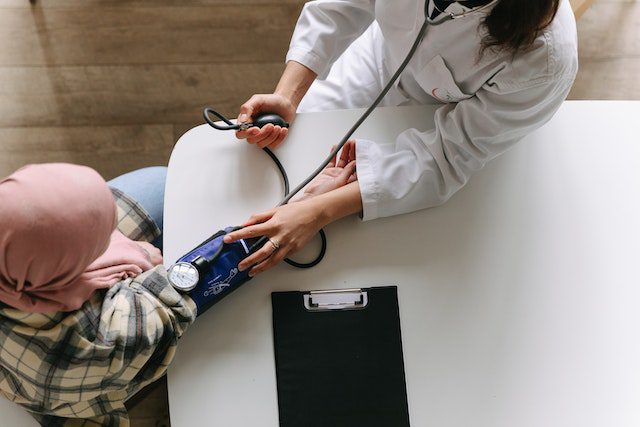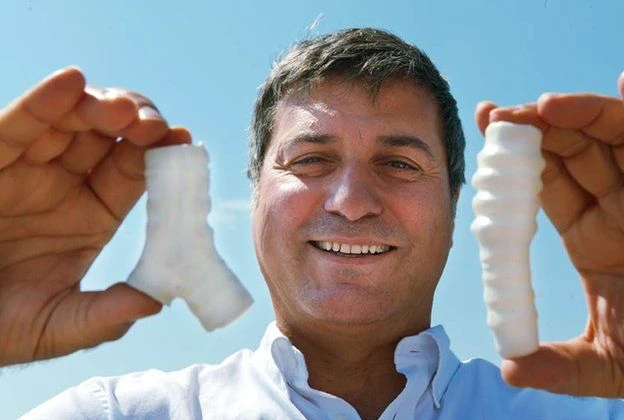
Pancreatic cancer is a devastating disease with a very poor prognosis. Despite advances in surgery and chemotherapy, the overall five-year survival rate for pancreatic cancer remains less than 5%.
The American Cancer Society estimates that there will be approximately 53,070 new cases of pancreatic cancer and 41,780 deaths from the disease in the United States in 2020. It is the third leading cause of cancer-related death in the United States, behind lung cancer and colorectal cancer.
Pancreas
The pancreas is a gland located behind the stomach that produces enzymes necessary for digestion. Pancreatic cancer usually starts in the cells that line the ducts of the pancreas (ductal adenocarcinoma).
It can also start in the exocrine cells that make enzymes (acinar cell carcinoma), or in the endocrine cells that produce hormones such as insulin (islet cell tumors). Pancreatic cancers can be benign (noncancerous) or malignant (cancerous). Most pancreatic cancers are malignant.
Risk factors
There are several risk factors associated with pancreatic cancer, including smoking, obesity, diabetes, age, family history, and certain genetic syndromes. However, the vast majority of pancreatic cancers occur in people with no known risk factors.
There are often no early symptoms of pancreatic cancer. When symptoms do occur, they may include jaundice (yellowing of the skin and eyes), pain in the abdomen or back, weight loss, nausea, and changes in stool. These symptoms can also be caused by other conditions, so it is important to see a doctor if you experience any of them.
Symptoms
Pancreatic cancer symptoms can vary depending on how far the cancer has progressed. In its early stages,
symptoms of pancreatic cancer may not be as noticeable or visible. As the disease further develops and progresses, however, it can cause a number of different signs and symptoms, including:
Jaundice
This is one of the most common signs of pancreatic cancer. Jaundice occurs when the pancreas is not able to produce enough of the enzyme needed to break down bilirubin, a yellow pigment produced by the liver. This build-up of bilirubin causes the skin and whites of the eyes to turn yellow.
Weight loss
Cancerous tumors often lead to weight loss as they interfere with the body’s ability to absorb nutrients from food.
Abdominal pain
Pancreatic cancer can cause pain in the abdomen or back that may radiate to other parts of the body such as the shoulders or chest. The pain is often described as a dull ache that gets worse over time.
Loss of appetite
A sudden decrease in appetite is another common symptom or sign of pancreatic cancer. Cancerous tumors often make it difficult for patients to digest food properly, leading them to lose weight even if they are eating normally.
Fatigue
Fatigue is a common symptom of many diseases, but it can be especially pronounced in cancer patients. The fatigue associated with pancreatic cancer may be caused by the disease itself or by treatment side effects such as chemotherapy.
Nausea and vomiting
Nausea and vomiting are other possible side effects of chemotherapy, but they can also be caused by the tumor pressing on the stomach or small intestine.
Depression
Depression is a common psychological symptom of pancreatic cancer. Cancer patients often feel hopeless and helpless as they grapple with their diagnosis.
Anemia
Anemia is a condition in which the blood does not have enough healthy red blood cells. Cancer patients often experience anemia because the tumor can interfere with the production of red blood cells.
Diagnosis
Pancreatic cancer is usually diagnosed with imaging tests such as computed tomography (CT) or magnetic resonance imaging (MRI). A biopsy is often needed to confirm the diagnosis.
Once pancreatic cancer is diagnosed, staging tests are performed to determine the extent of the disease. Treatment for pancreatic cancer may include surgery, radiation therapy, chemotherapy, or a combination of these modalities. Clinical trials are ongoing to develop new treatment options for pancreatic cancer.
Survival rate
The overall five-year survival rate for pancreatic cancer remains less than 5%.
Despite advances in surgery and chemotherapy, the overall five-year survival rate for pancreatic cancer is still quite low. This is due in part to the fact that pancreatic cancer is often asymptomatic in its early stages, making it difficult to diagnose.
When symptoms do occur, they are often nonspecific, making it difficult to suspect pancreatic cancer. Imaging tests such as CT or MRI can sometimes detect pancreatic cancer, but a biopsy is often needed to confirm the diagnosis.
Once pancreatic cancer is diagnosed, treatment options may include surgery, radiation therapy, chemotherapy, or a combination of these modalities. Clinical trials are ongoing to develop new treatment options for pancreatic cancer.
Some famous people who have died from pancreatic cancer include actor Patrick Swayze, singer Lucas Gronkowski, and Supreme Court Justice Ruth Bader Ginsburg.







